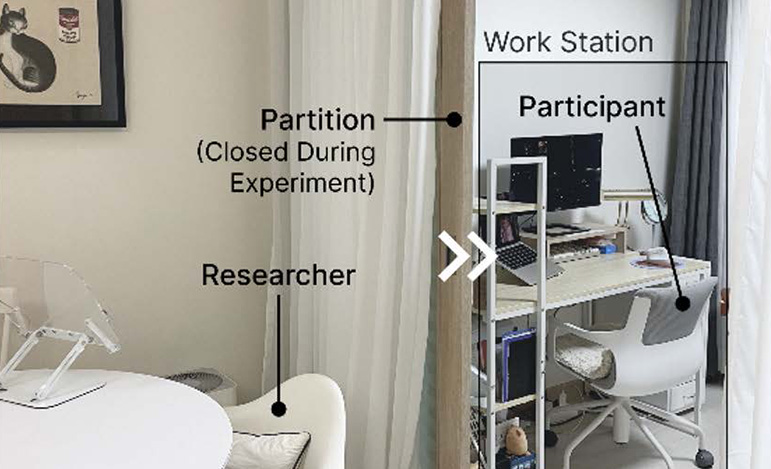Investigating Work Companion Robot Interactions to Enhance Work-from-Home Productivity and Experience
Working from home (WFH) provides flexibility but often at the expense of productivity. In traditional office settings, the presence of colleagues has an impact on productivity, and the absence of social monitoring is a key factor affecting WFH workers’ concentration. To address this challenge, this study proposes a desktop robot companion, Roby, that monitors workers’ behaviors to provide real-time interactive feedback to increase productivity and to enhance the WFH experience. After generating our initial interaction design framework for Roby, we used a Wizard-of-Oz experiment to evaluate Roby’s suggested interactions and its form factor using our research prototype. The participants were asked to work at home with Roby on their tabletops. The collected data included observed behaviors, participant feedback on Roby’s design through questionnaires and interviews, and co-design session findings. Then, using a thematic analysis, we identified recurring themes to derive design guidelines for an optimized WFH companion robot. The study showed that Roby’s physical presence and interactive behaviors positively impact WFH productivity. Contributing factors included its supervisory presence, clear, interactive cues marking work/break transitions, subtle non-intrusive motion reminders to stay on task, and simple, functional minimalist form factor. Future WFH companion robots should balance supervision with a lack of disruption, provide natural communication, deliver unobtrusive multi-sensory cues, and allow adaptability to diverse home setups to optimize productivity and user experiences. This study provides insights into how a tabletop robot companion influences the productivity of knowledge workers in WFH settings. By evaluating Roby in real-world contexts, we identify key factors that we hope can inform the design of future intelligent robot companions to optimize remote work experiences across various professional domains.
→ Read More